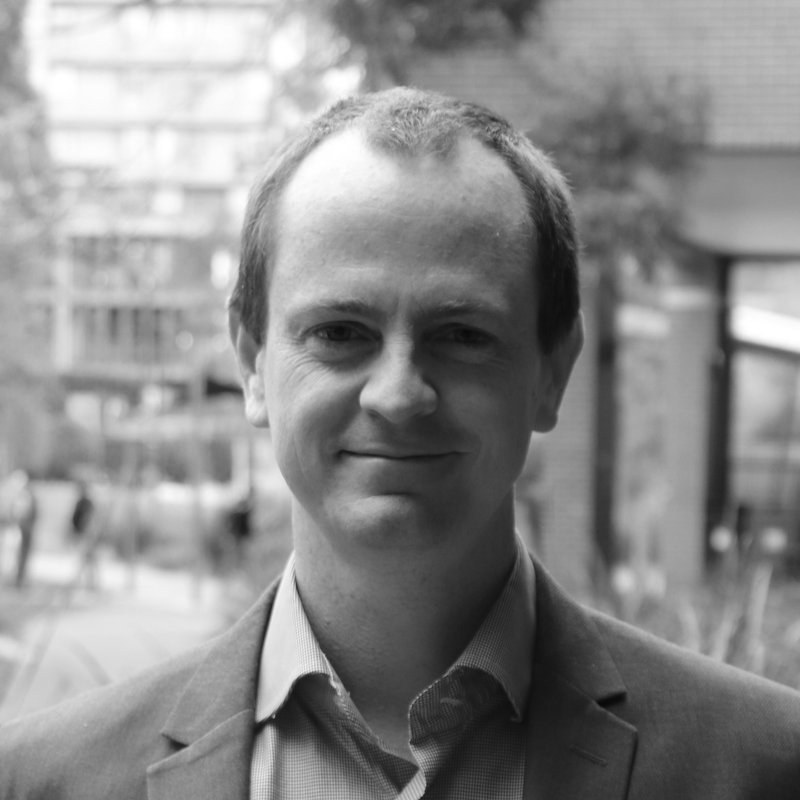13 Jun 2021
We speak with Enda Crossin, an Associate Professor and Director of the Master of Engineering in Management (MEM) Programme, within the Department of Electrical and Computer Engineering at the University of Canterbury.
What is your role at Canterbury University?
I’m an Associate Professor and Director of the Master of Engineering in Management (MEM) Programme, within the Department of Electrical and Computer Engineering. My role involves both teaching and research.
In terms of teaching, I oversee the design and delivery of the MEM degree, as well as teaching other undergraduate and postgraduate courses across the different engineering departments in the College of Engineering. My research interests are in engineering practice and environmental life cycle assessment.
Have you always been an academic?
I haven’t always been an academic. After finishing my undergraduate degree in Brisbane, I started my career as a process engineer for BOC Gases in Dublin. I then worked as a failure analysis engineer for a consultancy in Brisbane, before working for Queensland Rail as a track engineer. I also worked as a product development engineer in Germany, as part of an industry secondment during my PhD. My time in the industry was fantastic, and I often share my practice experiences with my students
Why did you enter the world of academia?
I entered academia in 2010 to make a career shift towards sustainability research. My first professional role in academia was a life cycle assessment researcher at RMIT University in Melbourne. LCA is a fascinating approach to assessing the environmental performance of different systems from cradle to grave, and I’m still an active LCA researcher.
I later moved into a teaching and research role in mechanical engineering at RMIT University, before joining the Engineering Practice Academy at the Swinburne University of Technology. I moved to Christchurch in February 2020, just before they shut the border!
What's the differences between teaching post-grad students compared to undergrad students? Are there similarities?
When I’ve taught undergraduate engineers, class sizes can be massive with over 300 students, whereas postgraduate classes are typically much smaller. The different class sizes mean I need to apply different techniques to engage with students.
When I teach undergraduate students, particularly in their early years, I find that they are highly imaginative and creative, compared with more mature students. When I teach postgraduate students, I have confidence in their technical underpinnings, meaning that students can pick up complex ideas faster than at an undergraduate level.
In terms of similarities, I find all students enjoy industry-based project-based learning (PBL); it brings them a little closer to the realities of engineering practice, setting them up for an easier transition into professional practice after graduation.

Enda Crossin
The world of engineering is constantly changing. I understand you’re embarking on a research project looking at skills required for engineers. Tell me more about this?
I’m leading the BeLongEng project, which is a longitudinal study on engineering practice. There’s a lot of talk about the future of work in engineering, but there is very little empirical evidence on this topic.
The project team, which includes academics from across New Zealand and Australia, will be tracking a cohort of individual engineers over time. From this, we will create evidence for how and why engineering work is changing. For example, we’ll have a better understanding of work-life factors that affect an engineer’s career trajectory.
This evidence will be extremely powerful, allowing tertiary institutions and workplaces to better understand and respond to the changing nature of engineering work. It’s the first project of its type globally, and we’re aiming to start the first wave of data collection at the end of this year.
Why are you a member of Engineering New Zealand?
I’m a Chartered Member of Engineering New Zealand. I joined as I want to keep up-to-date with engineering activities across New Zealand. It’s also a great way of connecting with other industry professionals.
How do you engage with Engineering New Zealand?
I engage in many ways. I’m involved in the Engineering New Zealand Academic sessions, which is a great way of meeting other engineering academics in New Zealand.
I'm also a member of the Australasian Association for Engineering Education (AAEE) technical group. AAEE is a great group to be part of, and it’s a great way of understanding the advances in engineering education across the region.
Finally, Engineering New Zealand is a Peak Body Partner for the BeLongEng research project, and I’ll be engaging with them throughout the study. I’m really happy to be a member.
What’s your favourite piece of engineering in Christchurch?
My favourite piece of engineering in Christchurch is Tūranga – it's a fantastic example of how Māori cultural narratives can be interwoven with modern engineering. The floating staircase is breathtaking, and the space is incredibly well-designed for everyone; the way a library should be.
What do you do in your spare time?
In my spare time, I like to go tramping and camping with my family. My partner is from Whanganui, and we typically go camping completely off-grid for a week or more over summer on a private camping spot on the Manganui o te Ao River, which flows from Mount Ruapehu. The kids love to swim in the river, but it’s a bit too cold for my liking!



